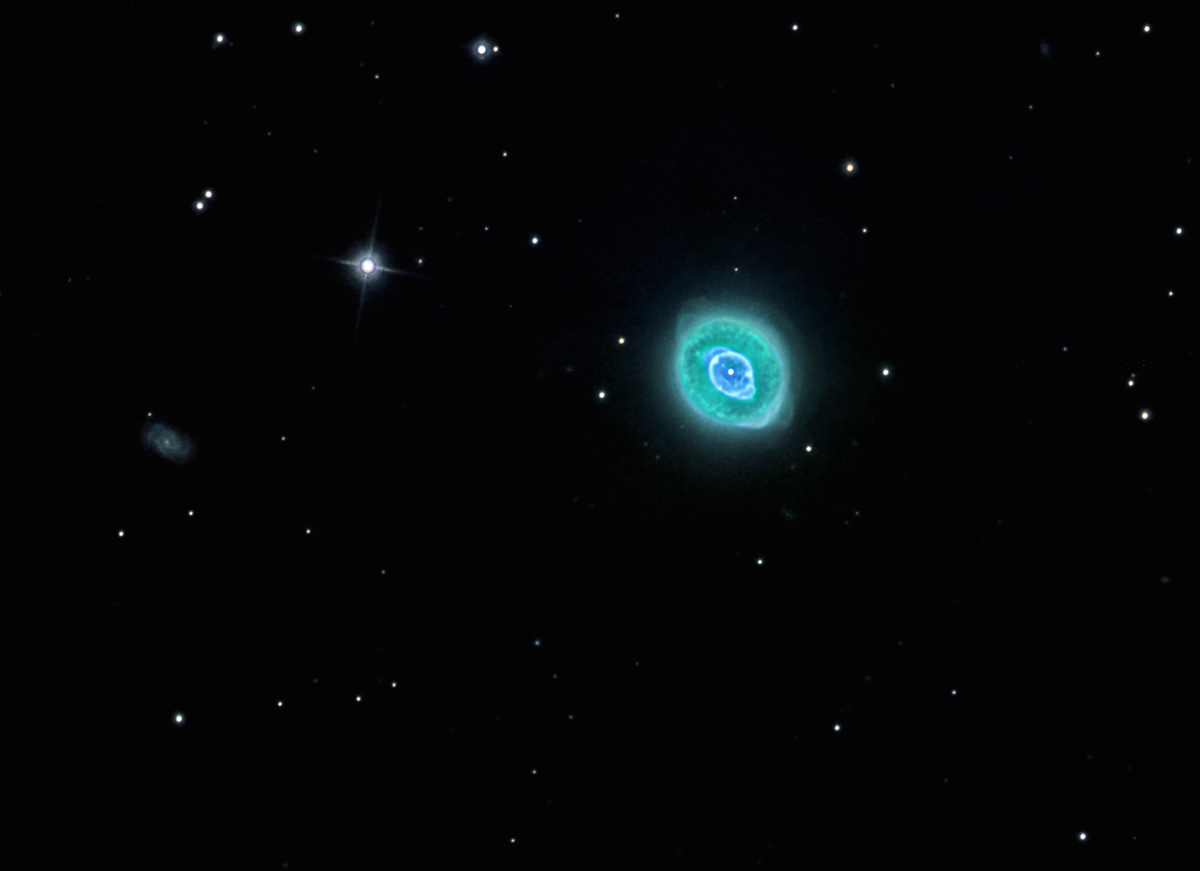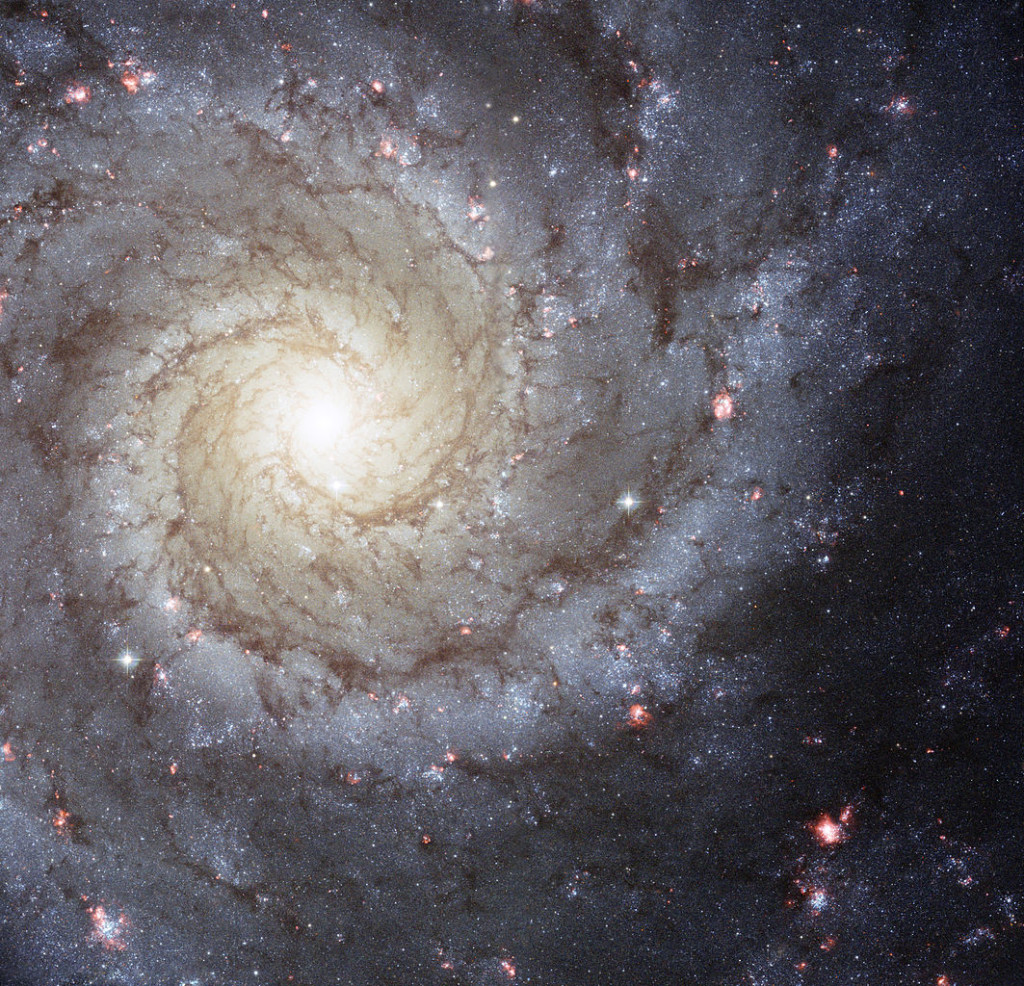In preparation for Halloween, the RASC Vancouver observing group took at look at Mirach’s Ghost from the Trottier Observatory last Saturday night (Oct 28th, 2017).

Mirach’s Ghost is a faint galaxy that appears close to the bright star Mirach in Andromedae. It is not particularly scary or spectacular but the universe offers up some additional Halloween themed images and sounds.
The Ghost of Jupiter (NGC 3242)

This ghostly image shows the disembodied remains of a dying star, called a planetary nebula. Planetary nebulas are sun-like stars that are in a late-stage of their life when their outer layers have sloughed off and are lit up by ultraviolet light from the central star. The Ghost of Jupiter is located approximately 1,400 light-years away in the constellation Hydra.
The Ghost of Saturn (NGC 7009)

The Saturn nebula is a planetary nebula located in the constellation of Aquarius. Its name derives from its shape, which resembles everyone’s favourite ringed planet seen edge-on.
The Owl Nebula (M97)

The Owl Nebula is a planetary nebula located near the bottom of the Big Dipper’s bowl. It is one of the fainter objects in the Messier Catalog.
The Phantom Galaxy (M74)

Messier 74 (M74) is a grand design spiral galaxy located in the constellation Pisces. It has a diameter of 95,000 light years, almost the same size as the Milky Way. The galaxy is home to about 100 billion stars.
The Outer Limits Galaxy (NGC 891)

NGC 891 is an edge-on spiral galaxy located about 3.5o east of the double-star Almaak in Andromeda. The Hubble Space Telescope has rendered stunning detailed views of this system with its intricate dark dust lanes across its centre. The name “Outer Limits” galaxy came about because the galaxy was featured in the credits of an early incarnation of the famous “Outer Limits” TV series.
The Witch’s Broom Nebula (NGC 6960)

Also known as the Veil Nebula, the Witch’s Broom is a faint supernova remnant located in the constellation Cygnus. The Witch’s Broom actually spans about 35 light-years. The bright star in the frame is 52 Cygni, visible with the unaided eye from a dark location but unrelated to the ancient supernova remnant.
NASA’s Spooky Space Sounds
NASA has put together a compilation of elusive “sounds” of howling planets and whistling helium that is sure to make your skin crawl

